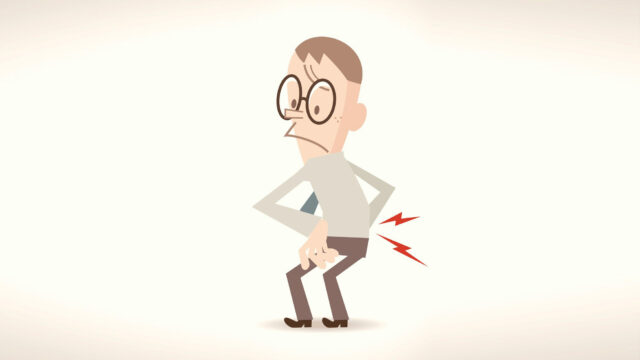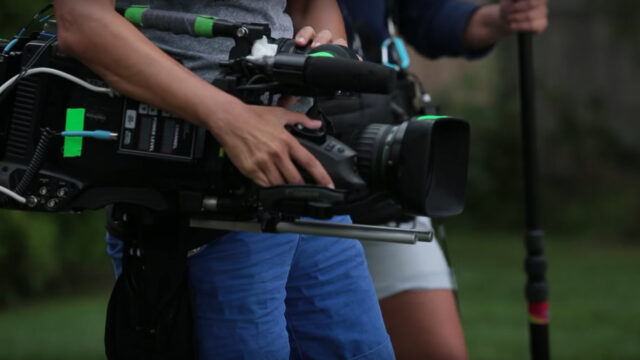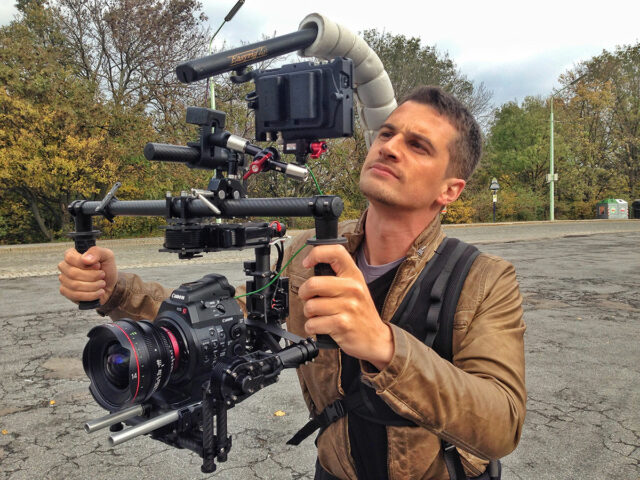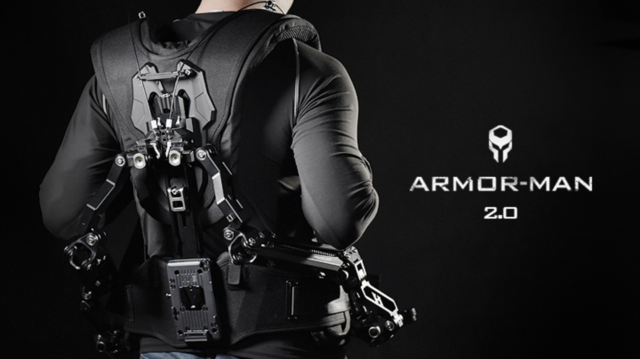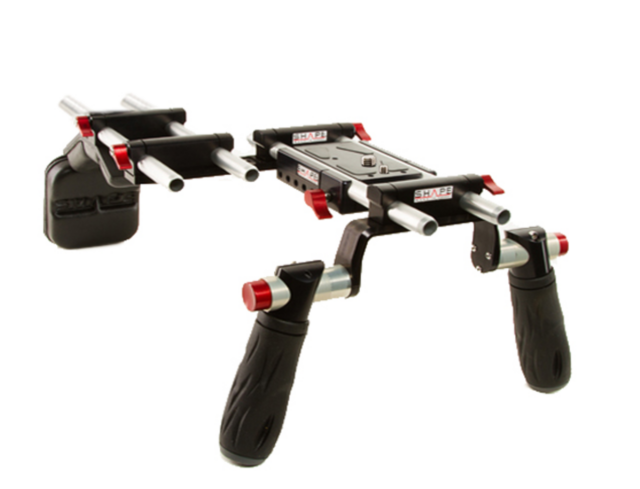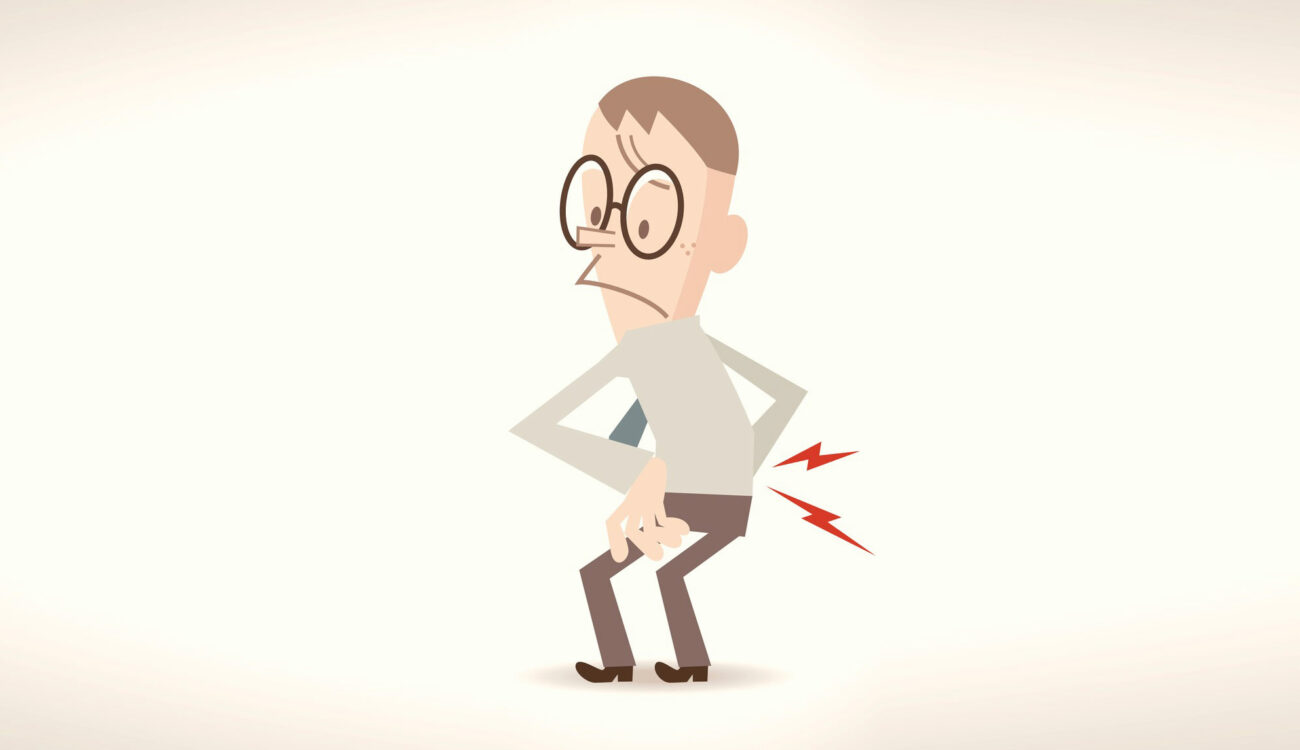
Whether you’re shooting handheld with a small mirrorless, or operating a top-of-the-range cinema camera package, ergonomics should be an important consideration in our profession. Do yourself a favor and invest in accessories that will mean less pain at the end of a 12-hour shooting day. If you don’t, you may find that money goes into expensive massages instead! Here are ten products that will keep you healthy and filming for decades and decades to come.
In 2008, the DSLR revolution took the camera op world by storm, with large sensor cameras like the Canon 5D MK II offering features at a very manageable weight. Today, DSLRs are still fantastic, but as manufacturers pack more and more features into them, the result is steadily increasing weight. Weight = increased stress on the camera operator, and increased stress means injuries and early retirement from the profession we all know and love.
Here is a list of products to get you thinking in the right direction:
1) Wheels
Okay, although not necessarily a product, it is something all your products should have. After a shoot in Missouri earlier this week, I checked a large hard case with United Airlines, containing two Kino Flo Diva lights, two stands, cables, lamps and various modifiers adding up to 70lbs. Can you imagine lugging this thing around without wheels on it? Neither can I. Only purchase cases, backpacks and bags that have wheels that add to the overall ergonomics. The new Manfrotto Pro Light Reloader is a great option and my cinema5D colleague, Tim Fok, wrote all about it HERE.
2) Apple Box
The trusty apple box is your best friend while on set. You can stand on it, sit on it, and rest your camera on it — all while saving your back and staying rested for the next take. As a bonus, you can upgrade your apple box with this cushion from FilmTools. There is no reason to keep a large camera on your shoulder when you’re not filming. Putting the camera down is not laziness, it is saving your shoulder and back for the most important thing: your health and finally, nailing the shot.
3) Hipshot Camera Support
For some reason, I’ve filmed two series this year that involve children, lots of children. I’m 6′ 1″, a fair bit taller than most children. The hipshot keeps the camera at the eye level of shorter talent and keeps the weight of the camera on the operator’s hip. This type of device is absolutely essential for filming ergonomically at hip level with anything larger than a Canon C100 mk II.
4) SmallHD Sidefinder 502 EVF or Zacuto Gratical HD EVF
Why include an EVF on this list? Simply put, all necks are different and camera designers don’t always put the attached viewfinder in the most ergonomic position. For example, when mounted on my shoulder using a SHAPE branded shoulder rig, the Canon C300 mk II is slightly too far to the right when I lift it onto my shoulder. This forces me to constantly lean my head to the right while shooting handheld. With the help of an EVF and an articulating arm I can easily solve that problem and reduce neck pain.
5) Easyrig
This Swedish product has been floating around sets since 1994 and is designed to take the weight of the camera and transfer it into the middle of your back. I’ve been a major fan of the Easyrig systems with two tiny caveats: 1) Your shoulder doesn’t get sore, but the middle of your back will with prolonged use and 2) this makes your profile much higher, making the Easyrig tricky to use in smaller locations with lower ceilings such as residential houses.
6) Alan Gordon Camera Comfort Cushion
There are a few different camera cushions on the market, and none of them look sexy when you wear them, but we don’t buy camera gear only for the style points. This product straps a pad on your shoulder that prevents some of the bruising that comes from shooting long days with cameras like the Sony F800, popular in the reality side of the industry.
7) Tilta Armor-Man Gimbal Support
Gimbals are heavy and difficult to manage over long shoot days. The Steadicam guys have vests, so why shouldn’t gimbal operators? This is where the Armor-Man rig from Tilta comes in. The Armor Man helps support some of the pressure on your forearms and distributes it throughout your core. Beyond that, it looks really, really cool. Like, space age Call of Duty stuff.
8) Atlas Camera Support
This support system is aimed primarily at gimbal users and is designed to take some of the weight off your arms and transfer it to your core/back. One major plus is that it is significantly cheaper than an Easyrig system — thousands of dollars cheaper. The most expensive Atlas system will run you $949.00. The Easyrig is more comfortable, but you’ll need a specifically modified type of Easyrig to handle gimbals that will cost you upwards of $5,000. The Atlas Camera system is fine for gimbals while the Easyrig systems are more useful in a wider variety of shooting situations, but look out for those door frames with both!
Check out our review of the Atlas Camera Support system HERE.
9) Microfiber Eyewear Kup
This makes it feel like you’re placing your eye against a pillow when holding your face up against the viewfinder. This ridiculously comfy little accessory is cheap and takes 10 seconds to add to any camera as long as you have purchased the correct size. Can’t recommend this enough. It. feels. great.
10) A Reliable, Ergonomic Shoulder Rig
Most cameras these days, whether you are shooting documentary or narrative, require a shoulder rig of some type. I’m a big fan of the SHAPE, Wooden Camera, Tilta and Zacuto branded shoulder rigs. You really can’t go wrong with any of these in my experience. All of them are comfortable on the shoulder and provide an abundance of 1/4″-20 mounting options so you can put the EVF in the most comfortable place for your body. It is also very important that you balance the camera on your shoulder correctly for proper ergonomics. If you find yourself being pulled forward by the lens then add a larger battery to the back and so on, until you find equilibrium.
Did I miss any accessories that make shooting more comfortable? Let me know below!
